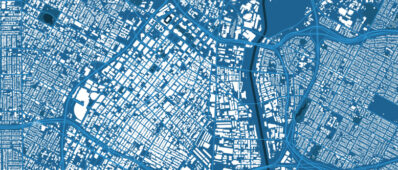Abstract
The standard economic model for analyzing traffic congestion, due to A.A. Walters, incorporates a relationship between speed and traffic flow. Empirical measurements indicate a region, known as hypercongestion, in which speed increases with flow. We argue that this relationship is unsuitable as a supply curve for equilibrium analysis because hypercongestion occurs as a response to transient demand fluctuations. We then present tractable models for handling such fluctuations, both for a uniform expressway and for a dense street network such as in a central business district (CBD). For the CBD model, we consider both exogenous and endogenous time patterns for demand, and we make use of an empirical speed-density relationship for Dallas, Texas to characterize both congested and hypercongested conditions.


